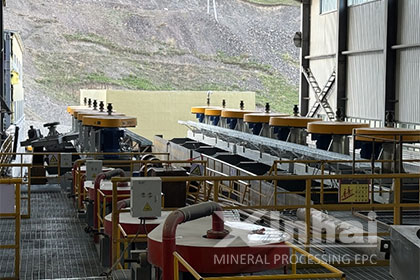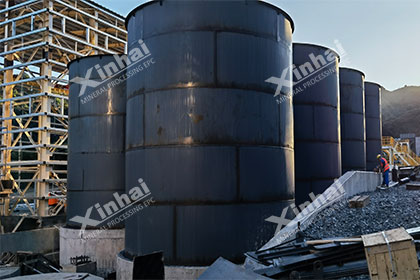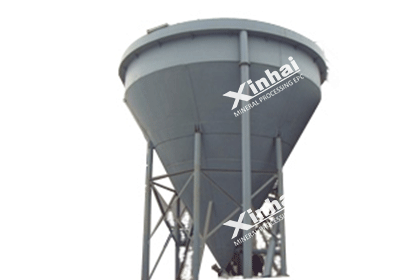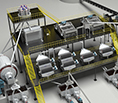How Much Does It Cost to Build a Phosphate Processing Plant?
 Sheena
Sheena
 Jul 26, 2025
Jul 26, 2025
 2889
2889
If you want to know more details about equipment, solutions, etc, please click the button below for free consultation, or leave your requirements!
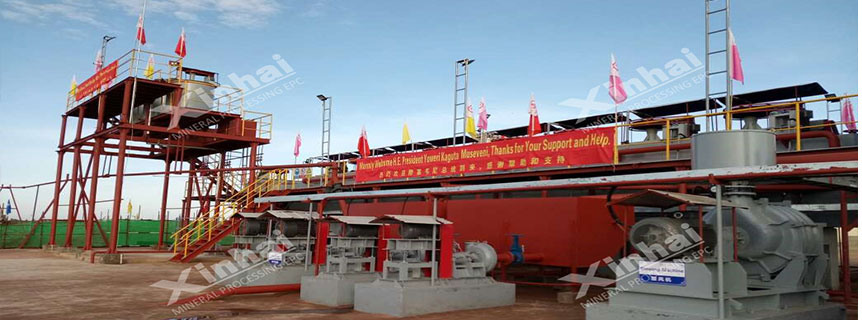
Uganda-720tpd-Phosphate-Ore-Dressing-Plant
This article provides a comprehensive breakdown of phosphate processing plant costs, from small-scale beneficiation units to large integrated phosphoric acid production lines. It also explores the factors influencing capital and operational expenditures, offering actionable strategies to optimize cost-efficiency.
01Phosphate Processing Plant Cost by Scale
BackCosts vary significantly depending on plant size, location, technology, and end products. Below is a general breakdown based on scale:
1.1 Small-Scale Plant (Pilot or Local Beneficiation Unit)
Capacity:<100,000 tonnes per year
Estimated CAPEX: USD $3 million – $15 million
Features: Basic flotation cells, gravity separators, and thickening equipment.
Use Case: Testing new deposits, local supply, or small-scale agricultural markets.
1.2 Medium-Scale Plant (Commercial Beneficiation or Partial Acid Production)
Capacity: 100,000 – 500,000 tonnes/year
Estimated CAPEX: USD $20 million – $70 million
Features: Enhanced washing and flotation systems, filter presses, ball mills, and possibly sulfuric acid handling.
Use Case: Regional supply with some vertical integration.
1.3 Large-Scale Integrated Plant (Phosphoric Acid & Fertilizer Production)
Capacity: >500,000 tonnes/year
Estimated CAPEX: USD $100 million – $500 million
Features: Rotary kilns, reactors, evaporators, cooling towers, acid storage, DCS/PLC control systems.
Use Case: Export-oriented production or national fertilizer manufacturing hubs.
02Key Factors Influencing Phosphate Plant Costs
Back2.1 Ore Grade and Mineralogy
The quality and composition of the phosphate ore directly impact beneficiation complexity and recovery rate. Higher silica or dolomite content requires more flotation stages and reagents, raising CAPEX and OPEX.
2.2 Processing Technology Selection
Advanced technologies such as column flotation, reverse flotation, and membrane filtration may increase upfront costs but improve product purity and yield in the long term.
2.3 Infrastructure Availability
Costs rise significantly if the site lacks basic infrastructure such as:
Water supply
Power grid connection
Road/port access
Acid production or import logistics
2.4 Environmental Compliance
Phosphate processing generates phosphogypsum waste and involves sulfuric acid handling. Environmental impact assessments (EIA), tailings management systems, and emission controls add to capital costs.
2.5 Labor and Energy Costs
Labor-intensive operations or those located in regions with high electricity tariffs will incur higher operational expenses. Plants can reduce OPEX by automating key processes or adopting energy-efficient equipment.

03Operating Costs (OPEX) Breakdown
BackWhile capital cost is a significant barrier to entry, ongoing operational expenses must also be considered when evaluating project feasibility. Typical OPEX breakdown includes:
| Cost Item | Approximate Share (%) |
|---|---|
| Energy & Fuel | 20–30% |
| Reagents & Chemicals | 15–25% |
| Labor & Maintenance | 20–30% |
| Water Treatment | 5–10% |
| Waste Management | 5–10% |
| Administration & Overhead | 5–10% |
04Cost Reduction Strategies for Phosphate Plants
BackTo stay competitive in the fertilizer supply chain, phosphate plant operators must control both capital and operating costs. Here are some proven strategies:
4.1 Modular Plant Design
Modular or containerized beneficiation plants can reduce construction time, lower civil work costs, and provide scalability.
4.2 Localized Acid Supply
Where possible, integrate sulfuric acid production on-site or co-locate with industrial partners to reduce transport and storage costs.
4.3 Process Optimization
Use of process control systems (SCADA, DCS) and data analytics can improve recovery rates and reduce chemical consumption.
4.4 Water Recycling
Phosphate beneficiation is water-intensive. Installing closed-loop water circuits and thickeners reduces freshwater demand and effluent discharge.
4.5 Waste Valorization
Phosphogypsum byproducts can be used in cement or construction industries, generating additional revenue streams and reducing environmental costs.
05Example: Cost Comparison of Two Plant Setups
Back| Feature | Modular Beneficiation Plant | Integrated Acid-Fertilizer Plant |
|---|---|---|
| Estimated CAPEX | $10–20 million | $200–300 million |
| Construction Time | 6–12 months | 24–36 months |
| Return on Investment (ROI) | Moderate (faster payback) | High (longer payback, higher yield) |
| Environmental Compliance Cost | Low to moderate | High |
| Water/Energy Demand | Moderate | High |
06Investment Outlook and ROI
BackWhile initial investment in phosphate processing is significant, the long-term returns can be substantial, especially for vertically integrated operations. Market trends indicate rising global demand for DAP/MAP fertilizers, with prices recovering from past volatility.
Investors should consider:
Payback period: Typically 3–7 years, depending on scale and market conditions.
Internal rate of return (IRR): Can exceed 15–20% for efficient operations.
Risk mitigation: Through joint ventures, offtake agreements, or government support.
07Conclusion
BackSetting up a phosphate processing plant involves careful evaluation of technical, financial, and environmental factors. From small-scale beneficiation units to large integrated fertilizer complexes, the cost varies widely—from a few million to several hundred million USD. However, with proper planning, technology selection, and cost control measures, phosphate plants can deliver attractive returns and contribute significantly to agricultural productivity.
Whether you're a mining company evaluating ore reserves, an investor seeking new opportunities, understanding phosphate processing plant costs is essential for informed decision-making.
 +86 183 3575 8886
+86 183 3575 8886 pinklaurabao@gmail.com
pinklaurabao@gmail.com



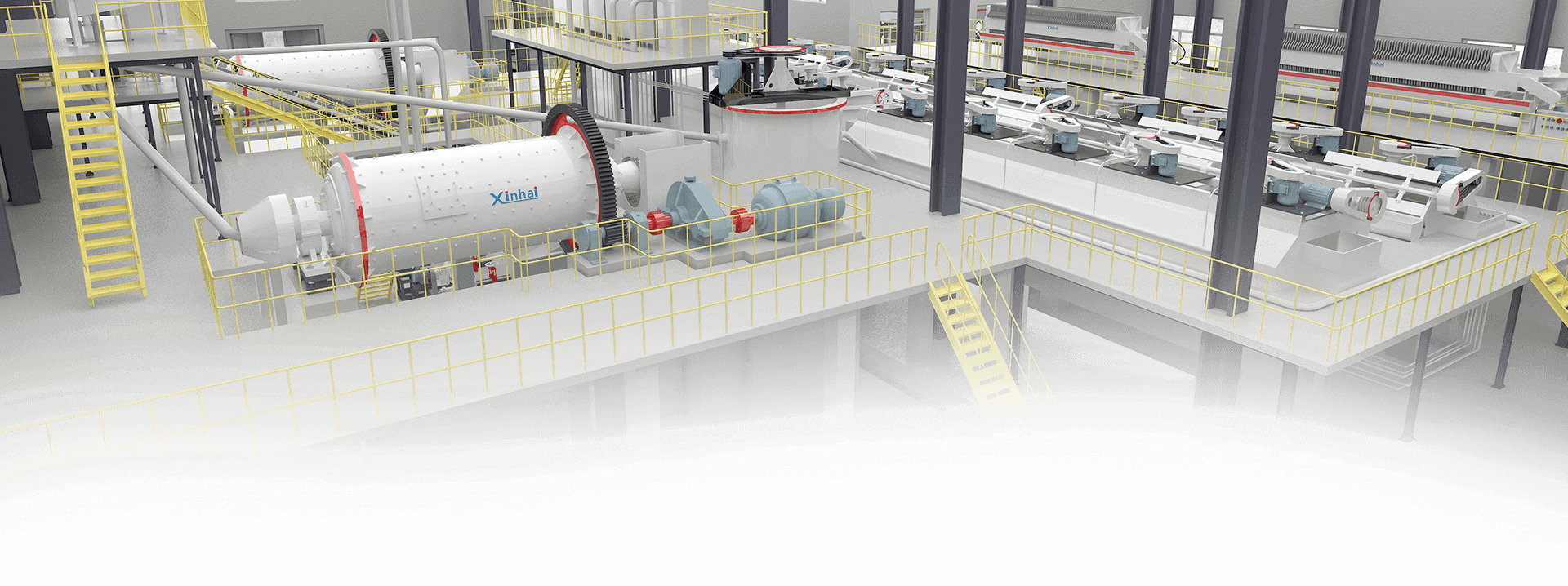
 Message
Message Chat Now
Chat Now


